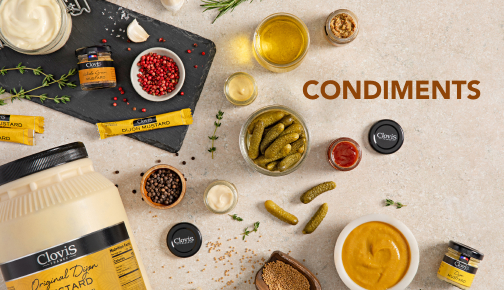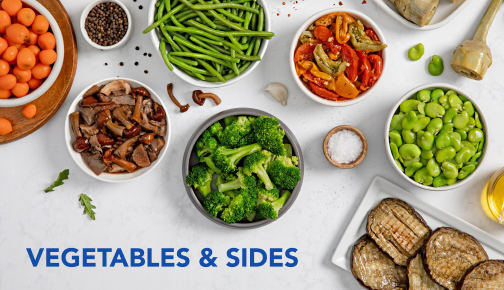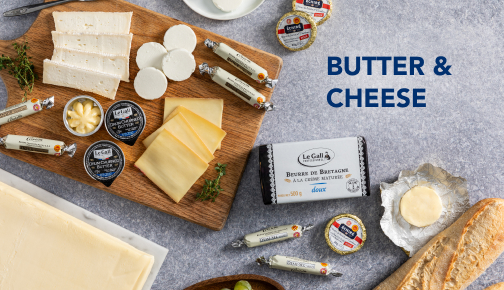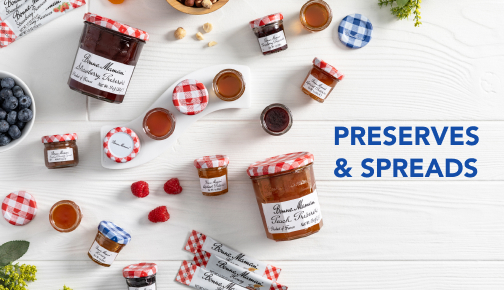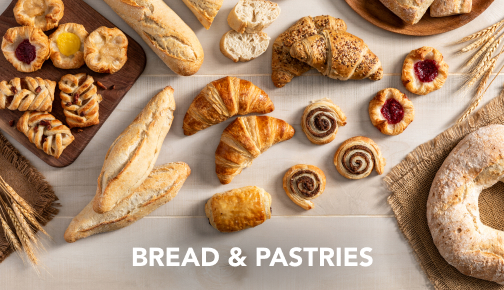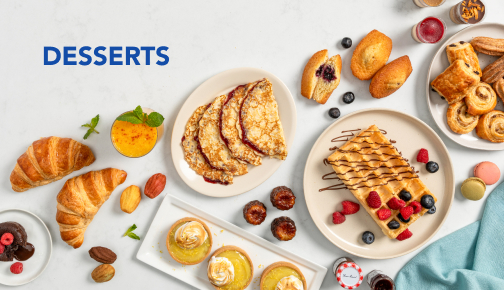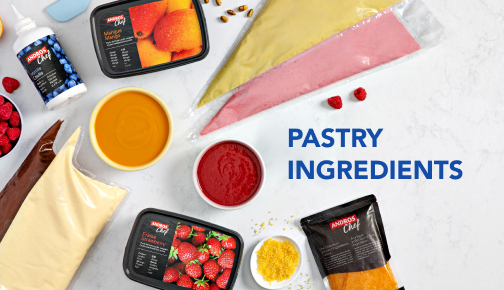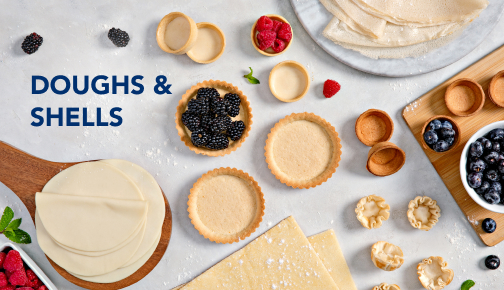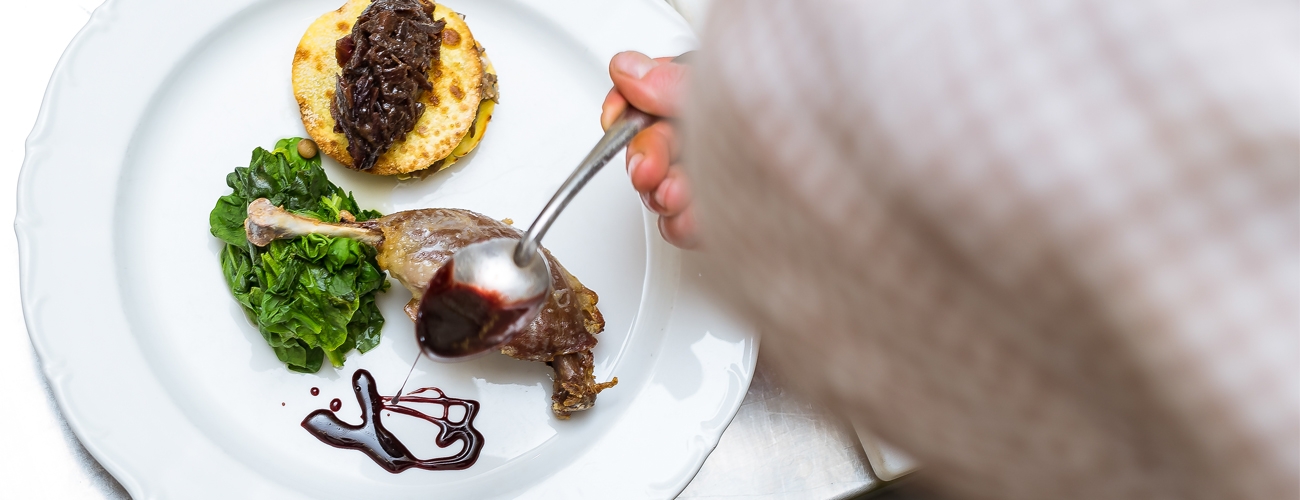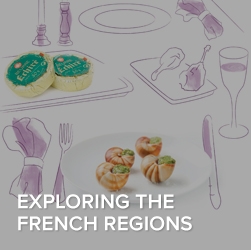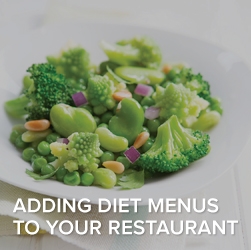First impressions count, especially when it comes to food. Sure, you want your cuisine to taste good, but it must look appetizing as well. Who doesn't want photos of their cuisine all over Instagram and other social media sites?
How a food looks can impact how it tastes. A study by Oxford University gastrophysicist Charles Spence revealed that making something look good makes it effectively taste better as well.
Following are a few tricks of the trade you can use to make your culinary creations visually appealing.
For starters (and we're not talking about just appetizers), let your food be the star. Serve food on plain white plates, so there's nothing to distract the eye.
While you want the plate to be plain, you want your food to be colorful. That's where garnishes come in. But don't add a garnish just for color's sake. You've got to take into account how the garnish will work with the other flavors of the dish. A dash of Dijon mustard, for instance, adds a pop of golden yellow. But will its flavor overpower the other tastes? A few berries will add a burst of color, but will their sweetness compete with other flavors? Consider, edible flowers, which add both color and interest.
Stack the deck. That is, add some height by layering foods. Think about it. Picture a lavish buffet. What foods catch your eye? It's often those that tower above the others. Keep in mind, however, that you can't go too crazy with heights as the plate must be easily transported from kitchen to table.
Play the numbers game. You might think that arranging foods in even numbers creates balance, but the opposite is true. Stick with odd numbers for a winning presentation.
Think outside the china cabinet. Swap the traditional plate for an item not usually found on the dining table. For example, use a paddle to serve a flatbread or a mirror to serve sushi.
For a twist on this theme, use other dinnerware as serving pieces. A martini glass, for example, makes a great way to serve a shrimp cocktail. Use oversized spoons to serve individual hors d'oeuvres
You also can use other foods as serving vessels. Use a leaf of iceberg lettuce to cradle an appetizer, dips or salad. Serve soup in a hollowed-out gourd. A hollowed-out pineapple makes a great serving bowl. The options are as endless as your imagination.
Channel your artistic side. Don't just pour sauce over a dish; drizzle it. Have some fun, and create geometric designs on the plate. Coulis are great for creating designs on your plates because of their thicker consistency. Think of the plate as an artist's canvas.
Details, details. How you plate your food is just the beginning. It goes beyond that, to include the entire table setting. Make sure linens are crisp and clean, utensils are spotless. Extra touches, like soft candlelight, fresh lemon slices in the water and fresh flowers in a vase can go a long way toward creating a fine dining ambience.
Try the techniques we've shared, and your menu items will soon be the subject of share-worthy customer photos. When it comes to word of mouth, mouth-watering photos are what it's all about.

